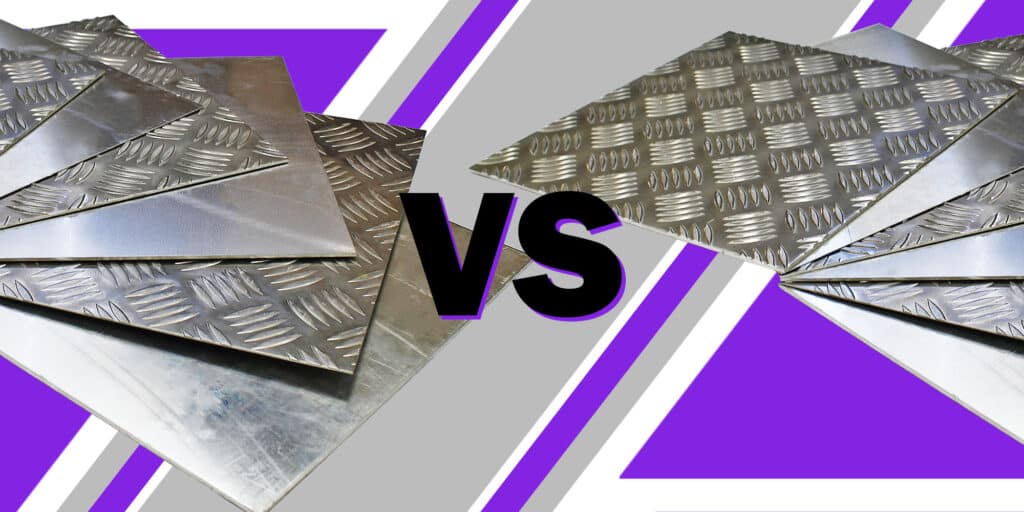
- Massive Range
- FREE UK Delivery
- Rapid Dispatch
- Massive Range
- FREE UK Delivery
- Rapid Dispatch
- Massive Range
- FREE UK Delivery
- Rapid Dispatch
Menu
Home » DIY Tips: When and How to Use Flat Washers Effectively
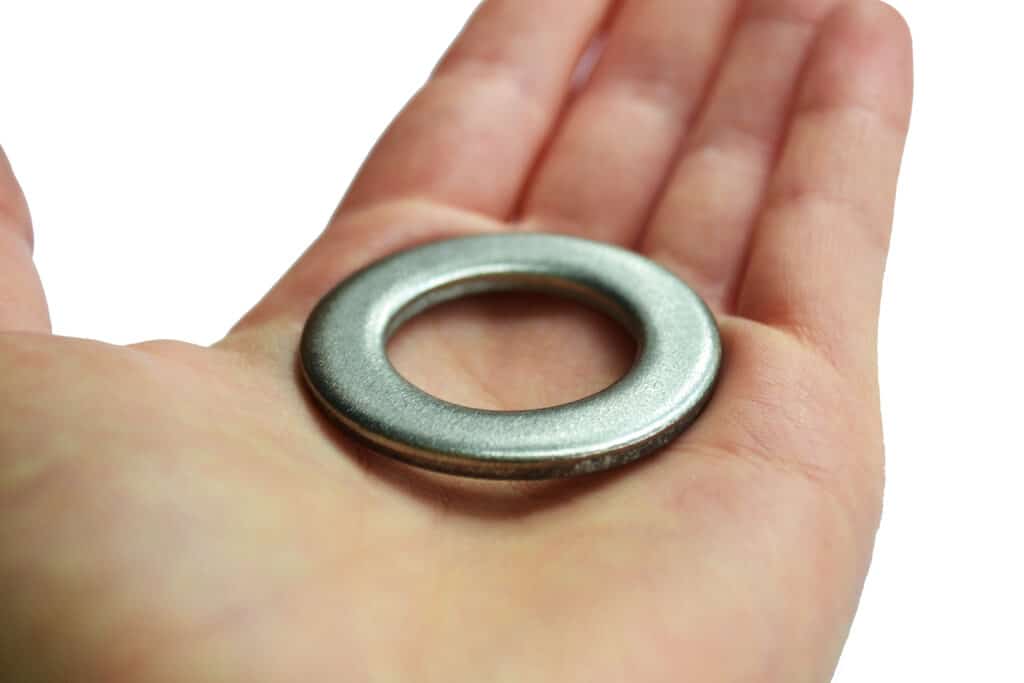
Flat washers might seem like small, inconspicuous pieces of hardware, but they play a crucial role in many DIY projects. Whether you’re assembling furniture, repairing household items or building a treehouse, knowing when and how to use flat washers can make all the difference in ensuring your projects are sturdy and long-lasting. In this blog, we’ll cover some essential tips to help you use flat washers more effectively.
Flat washers are invaluable components in both mechanical and everyday setups, offering a multitude of benefits despite their simple design. Their primary function is to distribute the load of a bolt head or nut uniformly, preventing it from pulling through softer materials like wood or plastic. Beyond load distribution, they shield surfaces from potential damage during the tightening process, serve as spacers or shims for precise alignment and reduce the adverse effects of vibration, ensuring that fastenings remain secure even with motion or intermittent shocks. Furthermore, when different metals are in contact, washers can deter galvanic corrosion by acting as a protective intermediary. Their utility also extends to aesthetics, providing a polished finish by hiding misaligned or oversized holes, and to functionality by increasing the bearing surface in softer materials and optimising tightening efficiency by minimising friction. In essence, flat washers, though seemingly inconspicuous, play a critical role in ensuring the durability and efficacy of various applications, making them indispensable to both DIY enthusiasts and professionals.
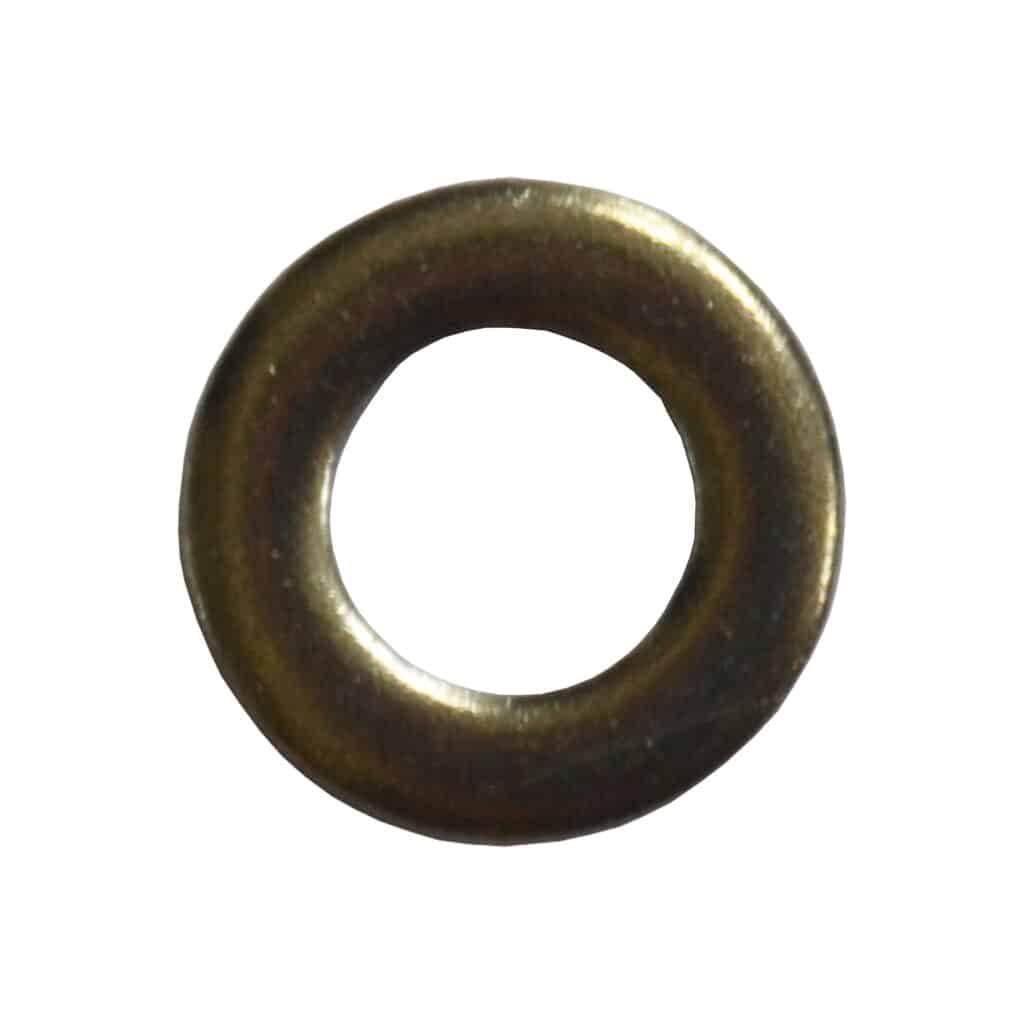
At their core, flat washers are designed to distribute the pressure of a nut or bolt evenly over a surface, preventing damage and ensuring a tighter fit. They also help reduce friction when tightening, and in some cases, they can prevent corrosion between dissimilar metals.
Flat washers come in a variety of materials including steel, stainless steel, brass, copper and even plastic. Your choice should depend on the application:
We would recommend using Stainless Steel as they offer the most beneficial features and it suits most projects.
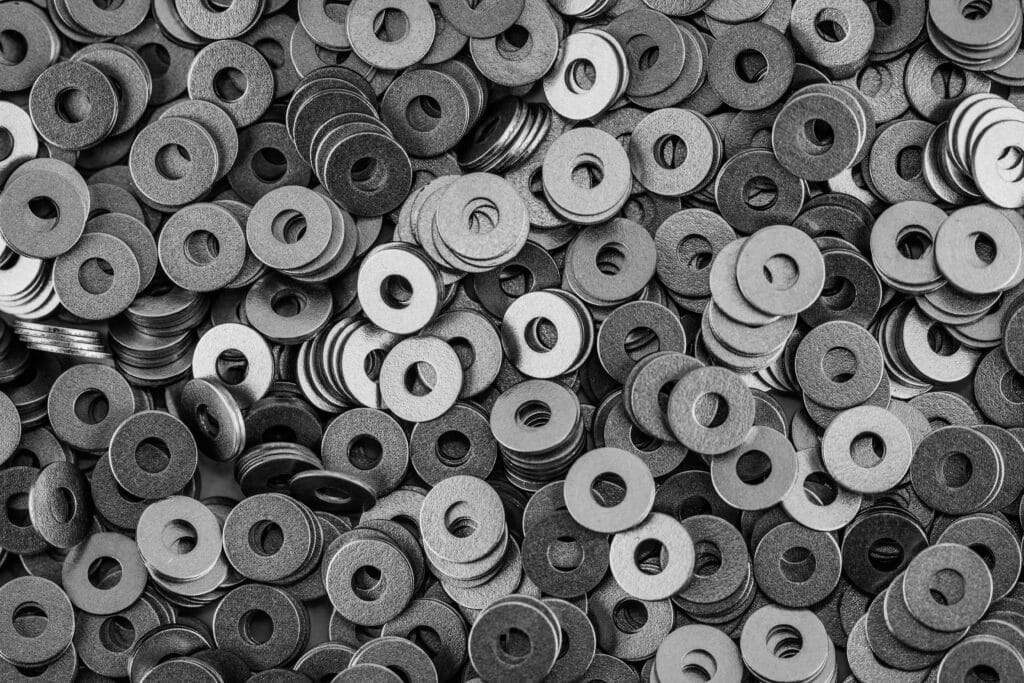
Ensure your washer fits snugly around your bolt or screw. The inner diameter of the washer should be slightly larger than the diameter of your fixing. Too big, and it may not serve its purpose; too small, and it might not fit.
In some DIY situations, you might find it beneficial to use multiple washers. This can provide extra spacing, distribution of pressure, or even added aesthetic appeal.
When working with softwoods or thin pieces of lumber, flat washers are essential. They prevent bolts and screws from digging into the wood, which can weaken the material over time.
If you’re using a bolt of one metal and attaching it to a material of another metal, a washer can act as a barrier, preventing the two metals from reacting with each other.
Over time, as materials settle or are exposed to various environmental factors, the tightness of a bolt can change. Every so often, give a quick check to your bolted connections to ensure they’re still snug.
Keep an organised collection of washers in various sizes and materials. This ensures you always have the right washer on hand for the job. Little compartmentalised storage boxes or magnetic trays can be handy for this purpose.
For any parts that will have movement (like a swinging gate or door), washers can help reduce wear over time by acting as a buffer between the moving parts.
If you’re unsure whether a washer is necessary, it’s typically better to use one. The added distribution of pressure and protection they provide is often worth the minor additional effort.
Flat washers are ubiquitous in a vast array of applications due to their utility and versatility. In construction, they are often employed alongside bolts and screws to ensure structures, from decks to buildings, maintain integrity by evenly distributing pressure and preventing fastener pull-through. In automotive assemblies, washers are essential for securing components, reducing vibrations and preventing metal-on-metal contact that might lead to wear or corrosion. Home appliances, from washing machines to refrigerators, utilize them to ensure parts are firmly attached and to reduce noise caused by operational vibrations. In electronics, they can act as insulators or spacers, ensuring components sit at the right height or are shielded from electrical currents. Additionally, in DIY and furniture assembly, they provide both a polished finish and an added layer of security. Regardless of the context, from heavy machinery to delicate electronic devices, flat washers serve as silent yet crucial guardians of stability and durability.
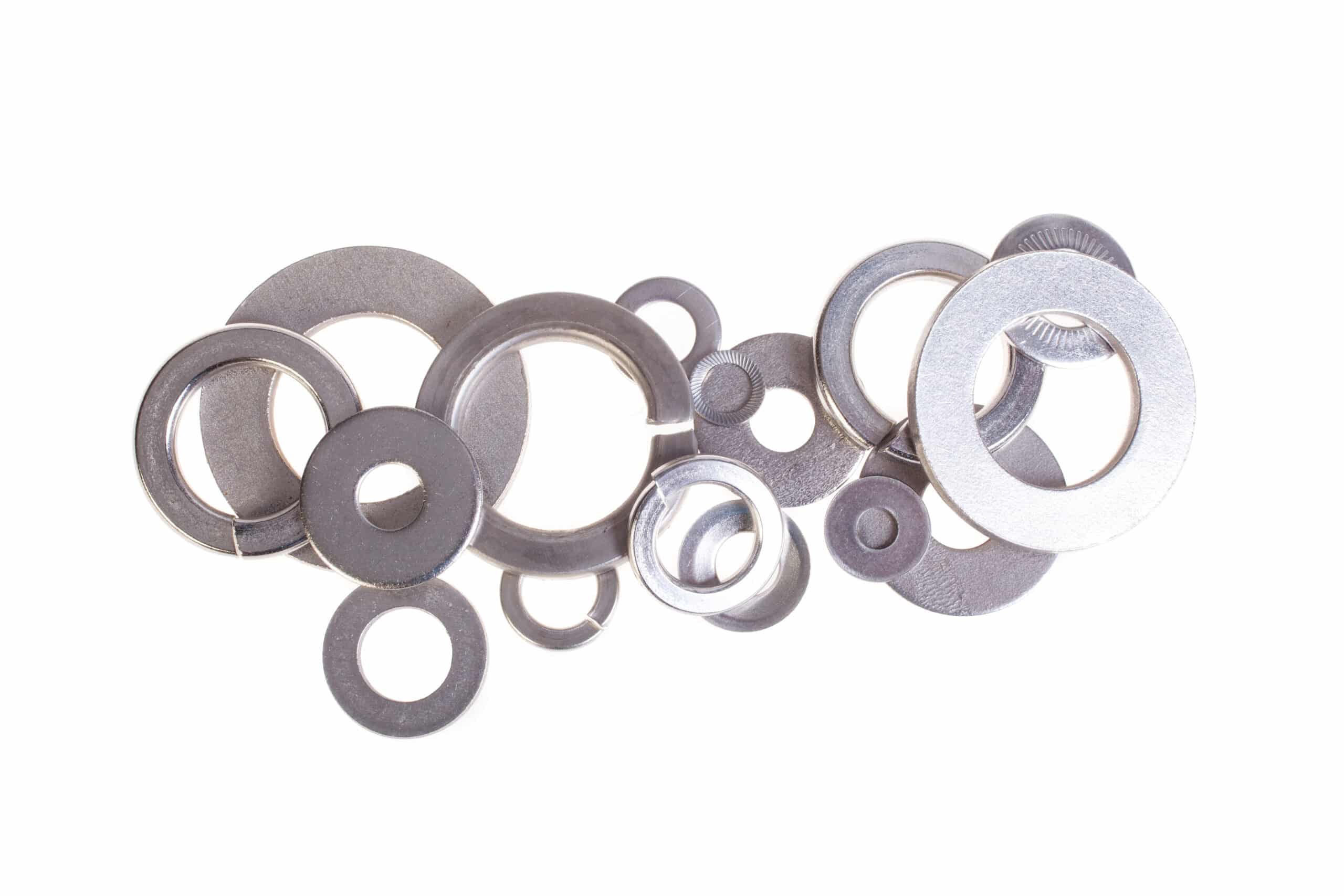
In conclusion, while flat washers may seem minor in the grand scheme of DIY projects, their role is indispensable. By understanding when and how to use them, you can ensure your projects not only look professional but also stand the test of time.
As always, thank you for checking out our blog. We hope that this helps you with your project.
Please also check out the other articles in our helpful guide series. We have written about penny washers recently so why not check it out.
We are also proud to sell this product on our highly popular eBay store, check us out there too.
If you have any further questions, feel free to contact us.





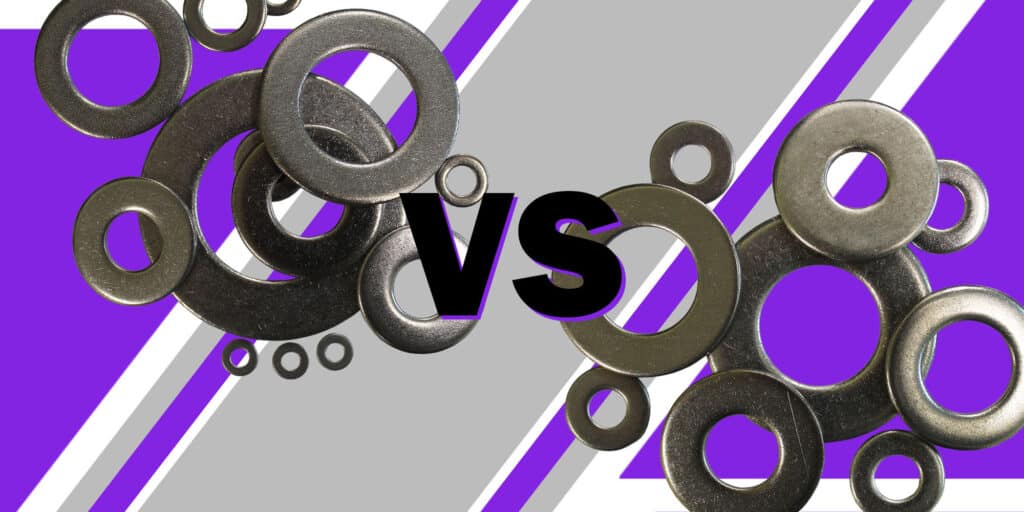
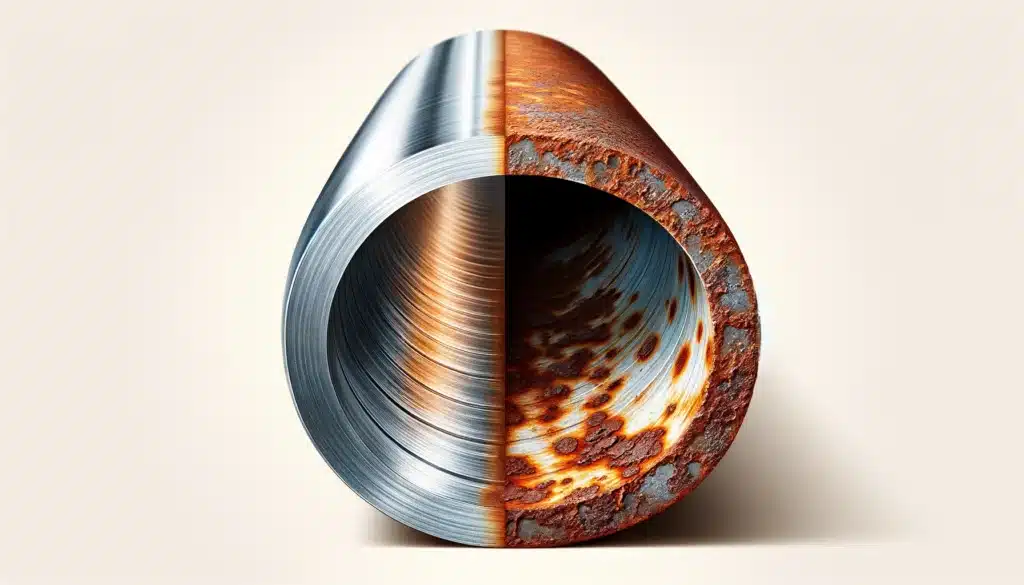

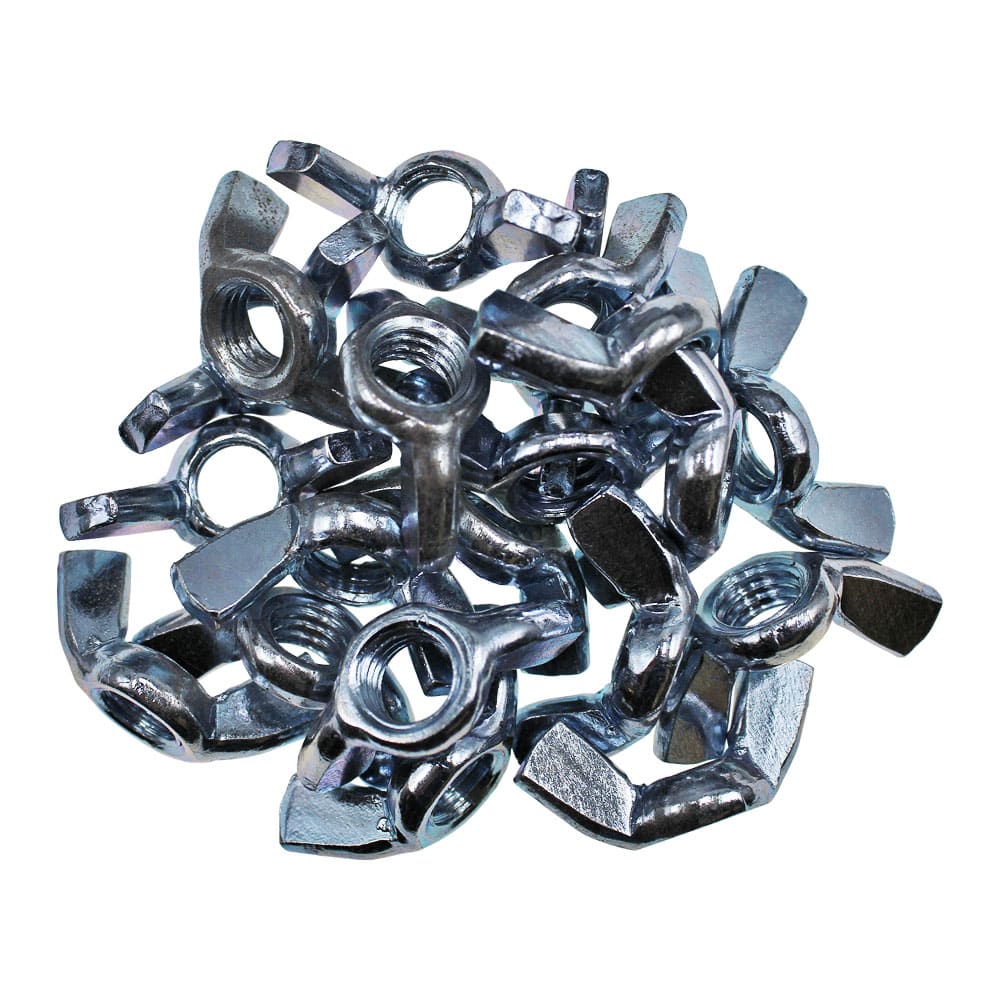
Speciality Metals
Unit 1, Farrell Street, Warrington,
Cheshire, WA1 2WW, United Kingdom
Quick Links
Payment Options
